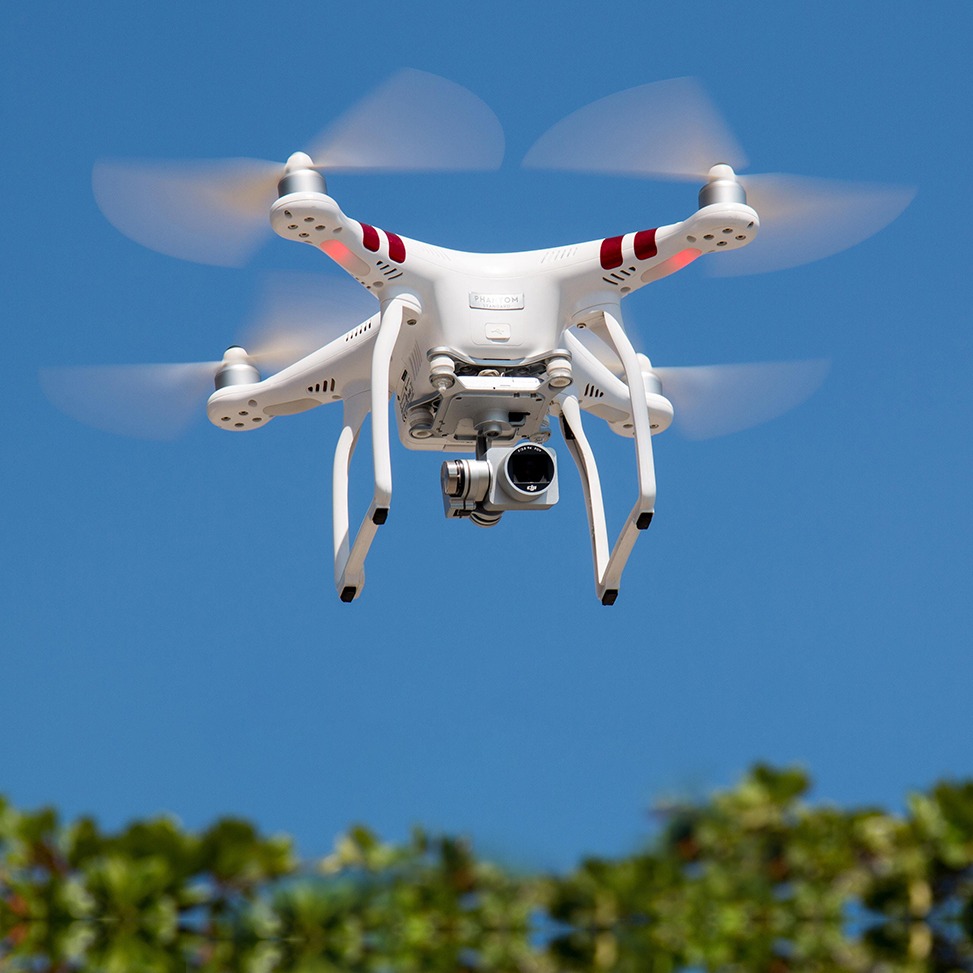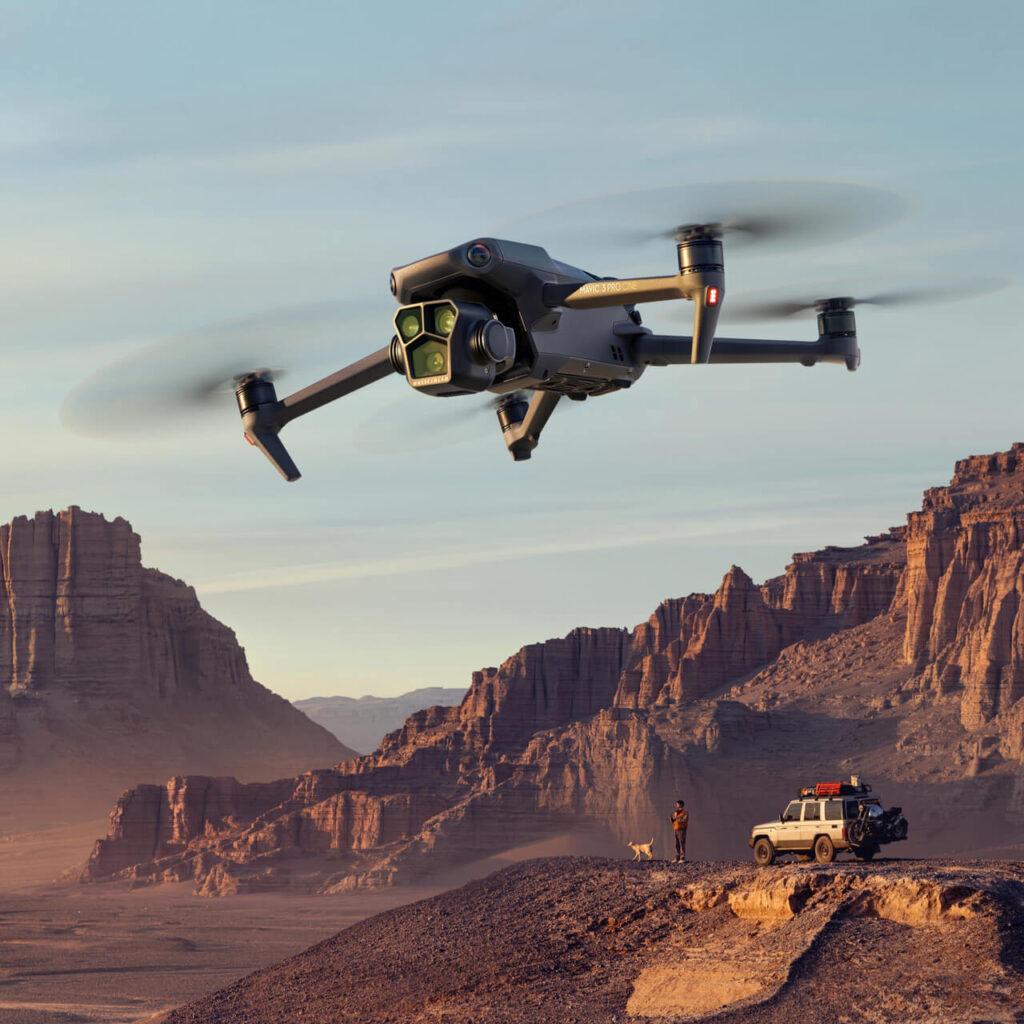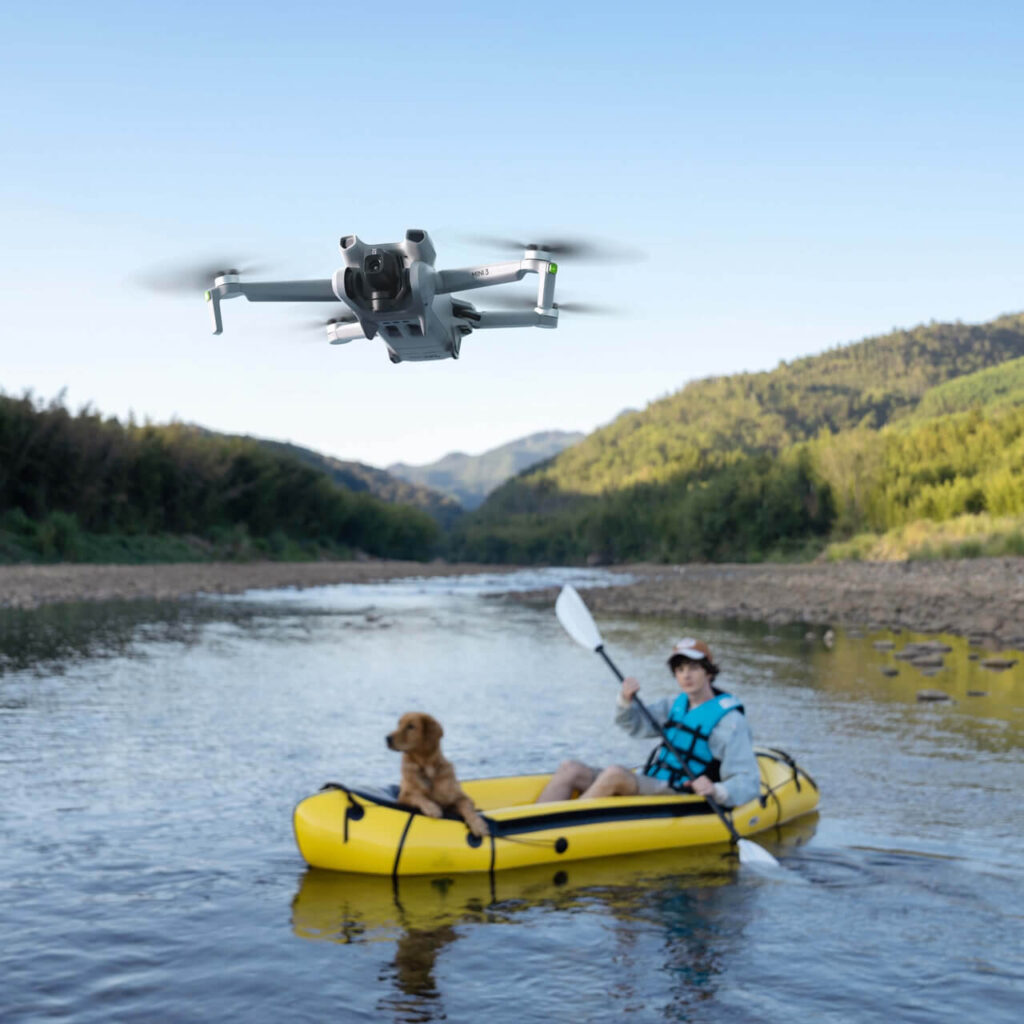In recent years, drones have revolutionized various industries with their ability to provide aerial perspectives and gather data from otherwise inaccessible locations. One field that has greatly benefited from this technology is environmental monitoring. Drones, also known as unmanned aerial vehicles (UAVs), are being employed to monitor and protect the environment in ways that were previously unimaginable. In this blog post, we will explore the various applications, benefits, and challenges of using drones for environmental monitoring.
How are drones used for environmental monitoring?
Drones equipped with high-resolution cameras, sensors, and GPS capabilities can be programmed to capture images, collect data, and monitor environmental conditions in real-time. These versatile machines are used in a wide range of environmental monitoring applications, including:
Surveying forests: Drones are deployed to gather data on forest cover, species distribution, and vegetation health. This information aids in forest management, biodiversity conservation, and early detection of pest infestations or disease outbreaks.
Tracking wildlife: Drones provide a non-invasive method for studying animal populations, migration patterns, and behavior. They enable researchers to monitor endangered species, track the movements of marine animals, and assess the impact of human activities on wildlife habitats.
Monitoring pollution levels: Drones equipped with specialized sensors can detect and measure air and water pollution. They are employed to monitor industrial emissions, assess the quality of water bodies, and identify sources of contamination.
Detecting illegal logging: Drones can be used to identify and document illegal logging activities in remote areas. By capturing high-resolution images and video footage, they provide evidence that aids law enforcement agencies in combating deforestation.
Assessing the impact of climate change: Drones help scientists study the effects of climate change on ecosystems by capturing data on glacier melt, sea-level rise, and changes in vegetation patterns. This data contributes to a better understanding of environmental processes and supports the development of strategies for adaptation and mitigation.
Benefits of using drones for environmental monitoring
The use of drones for environmental monitoring offers several key advantages:
Cost-effectiveness: Drones provide a more cost-effective alternative to traditional monitoring methods, such as manned aircraft or satellite imaging. They are less expensive to operate, require minimal infrastructure, and can cover large areas in a relatively short period.
Efficiency and accuracy: Drones can rapidly collect high-resolution data, allowing for detailed analysis and precise mapping of environmental parameters. This improves the accuracy of assessments and enhances decision-making processes.
Safety and accessibility: Drones eliminate the need for researchers to venture into hazardous or hard-to-reach locations, reducing risks and ensuring access to vital information. They can navigate rugged terrains, dense forests, or dangerous industrial sites, providing valuable insights without endangering human lives.
Challenges of using drones for environmental monitoring
Despite their many benefits, drones for environmental monitoring face certain challenges:
Regulations: The use of drones is subject to regulations and restrictions imposed by aviation authorities. Compliance with these regulations, such as obtaining permits and operating within designated airspace, can pose logistical challenges.
Data processing and analysis: The large volumes of data collected by drones require efficient processing and analysis techniques. The interpretation of complex datasets can be time-consuming and requires specialized expertise.
Battery life and flight time: Drones typically have limited battery life and flight duration, which can hinder their ability to cover vast areas or monitor for extended periods. Advances in battery technology are necessary to address this limitation.
The future of drones for environmental monitoring
As technology continues to advance, the future of drones for environmental monitoring looks promising:
Protecting the environment: Drones will be crucial in monitoring and safeguarding the environment. Their ability to provide real-time data and actionable insights will aid in conserving ecosystems, protecting wildlife, and mitigating environmental risks.
Challenges for drone operators: Drone operators will need to navigate evolving regulations, address privacy concerns, and develop strategies to efficiently process and analyze the vast amounts of data collected. Collaboration among researchers, policymakers, and industry experts will be essential to overcome these challenges.
Advancements in drone-based monitoring: The development of enhanced sensors, longer-lasting batteries, and advanced data analytics will further improve the capabilities of drones for environmental monitoring. Integration with other technologies such as artificial intelligence and machine learning will enable autonomous data collection and analysis, leading to more efficient and accurate results.
Conclusion
Drones have emerged as powerful tools for environmental monitoring, providing valuable data and insights that aid in conservation efforts and environmental management. Their cost-effectiveness, efficiency, and safety advantages make them indispensable in the field of environmental science. While challenges exist, ongoing advancements in technology and the collaborative efforts of stakeholders will ensure that drones continue to play a vital role in protecting and preserving our natural world.




